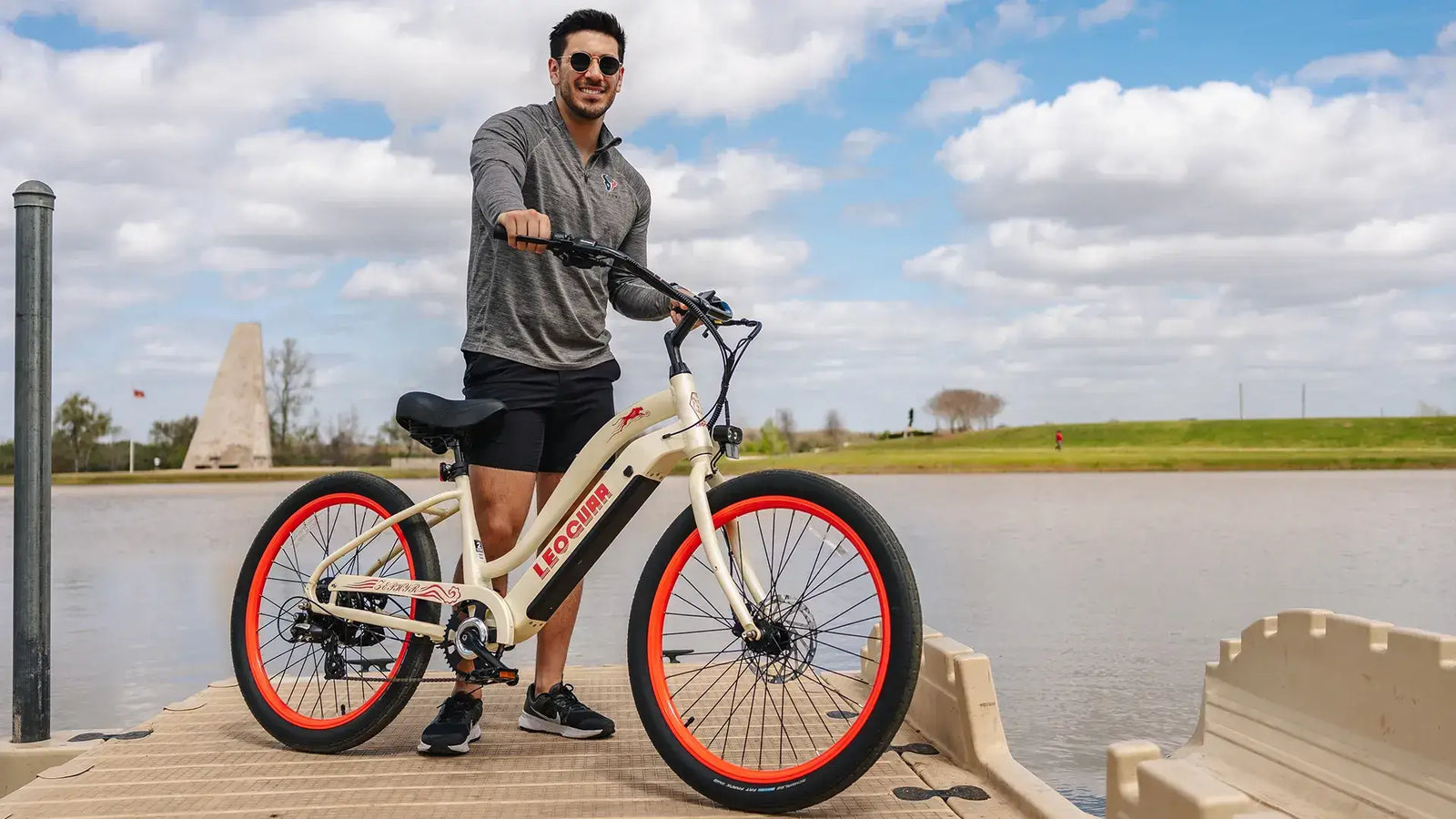
Why Low Step Bikes Are Taking Over: Comfort Meets Style
The Rise of Easy-Access E-Bikes
Look around any modern city, bike path, or quiet neighborhood, and you'll see it: the unmistakable shape of the step-through e-bike. Once a special design, this style of electric bicycle has surged into the mainstream. It's becoming a common sight for commuters, leisure riders, and everyone in between. This isn't a passing trend; it's a basic shift in how we think about cycling.
So, why is the low step bike experiencing such a dramatic rise in popularity? The answer lies in a powerful combination of user-focused benefits: unmatched accessibility, comfortable design, and versatile modern style. These bikes are successfully breaking old stereotypes, proving they are far more than just a "bike for seniors."
They represent a more inclusive and practical approach to two-wheeled transport. By removing physical and mental barriers, the step-through e-bike is a key player in the broader movement of how electric bicycles are changing our cities. This invites a wider, more diverse audience to experience the freedom of cycling.

Defining the Step-Through E-Bike
Before we dive deeper into the appeal, let's establish a clear understanding of what a step-through e-bike is. It's a simple concept with a big impact on the riding experience.
The Core Concept
At its heart, a step-through e-bike is defined by its frame. It features a very low or completely absent top tube—the bar that traditionally connects the handlebars to the seat post. This design creates a low, open space in the middle of the bike, allowing a rider to simply "step through" the frame to mount or dismount.
This is in direct contrast to the traditional "step-over" or "diamond" frame, which requires the rider to swing a leg high over the rear of the bike.
Key Terminology
You'll hear several terms used to describe this design, but they all refer to the same core principle of easy access. Whether it's called a low step bike, step through ebike, or an open-frame bike, the goal is the same: to make getting on and off as effortless as possible.
- Step-Through Frame: Characterized by a low or absent top tube, allowing the rider to step into position.
- Step-Over Frame: The traditional design with a high top tube, requiring the rider to swing a leg over the saddle.
The Three Pillars of Popularity
The widespread adoption of the step-through e-bike isn't accidental. It's driven by three core pillars that address the real-world needs of modern riders. These benefits work together to create a superior experience for a huge range of cyclists.
Pillar 1: Unmatched Accessibility
The most significant advantage of a low step bike is its ability to remove barriers to cycling. The simple act of getting on and off a bike can be a major hurdle for many people, and the step-through design easily solves this problem.
This opens up the joy of cycling to a much broader audience.
- Seniors and Riders with Mobility Issues: For individuals with knee, hip, or balance concerns, swinging a leg over a high bar is difficult or impossible. The step-through frame makes cycling a viable and safe activity, aligning with the known benefits of e-bikes for older adults.
- Riders in Restrictive Clothing: Commuters in business suits or riders wearing skirts and dresses can mount and dismount with dignity and ease, without worrying about snagging or tearing clothing.
- Shorter Riders: Individuals with a shorter inseam often lack confidence on taller frames. A low step bike allows them to easily plant their feet on the ground when stopped, boosting control and safety.
- Urban Commuters: Anyone making frequent stops in city traffic appreciates the ability to get on and off quickly and securely at intersections and crosswalks.
Pillar 2: An Ergonomic Focus on Comfort
Step-through e-bike geometry is naturally designed for comfort. The frame shape naturally encourages a more upright and relaxed riding posture.
This is a stark contrast to the aggressive, forward-leaning position required by many road or mountain bikes. The benefits are real and immediate. An upright posture reduces strain on the most common pressure points: the lower back, neck, shoulders, and wrists.
From our first-hand experience, this makes a world of difference. This upright position means you're not hunched over the handlebars; instead, you can enjoy a wide view of your surroundings with less pressure on your lower back—a difference you can truly feel after even just a few miles.
Long commutes become less of a chore and more of a pleasant journey.
Pillar 3: Everyday Practicality and Utility
Beyond accessibility and comfort, the step through ebike excels in day-to-day usability. Its design makes it an incredibly practical tool for everyday life.
The ease of mounting and dismounting is a huge advantage when the bike is loaded. Imagine trying to swing your leg over a high bar when you have a child seat on the back or bags filled with groceries. The step-through design eliminates this awkward and often unstable move.
This practicality builds confidence, especially when stopping unexpectedly in traffic or navigating busy pedestrian areas. It's a small design choice with a massive impact on real-world utility.
The Modern Design Evolution
For years, step-through bikes carried a stigma. They were often seen as heavy, flexible, and uninspired—a compromise made purely for accessibility.
However, modern engineering has completely shattered these old perceptions. Today's low step bike is a marvel of design, blending strength, performance, and style without compromise.
Overcoming the Frame Flex Myth
The classic criticism of open-frame designs was a lack of rigidity, or "frame flex." Critics argued that removing the top tube created a weaker structure. While this may have been true for older, steel-framed models, modern engineering has solved this issue through several key innovations:
- Advanced Materials: Manufacturers now use hydroformed aluminum alloys. This process uses high-pressure fluid to shape metal tubes into complex, optimized forms that provide incredible strength and stiffness without adding excessive weight.
- Reinforced Down Tubes: The down tube on a modern step-through e-bike is its backbone. These tubes are often oversized, double-butted, or uniquely shaped to create a stiff and responsive chassis that handles beautifully.
- Strategic Battery Integration: On many premium models, the battery is no longer an afterthought bolted onto the frame. It is integrated directly into the down tube, becoming a structural component that adds significant rigidity to the entire bike.
Seamless Power Integration
The evolution of electric components has been just as crucial. Early e-bikes often had bulky, externally mounted motors and batteries that negatively affected balance and handling.
Today's designs are sleek and sophisticated. A key part of understanding e-bike components is knowing the difference in motor placement. Many modern step-through models utilize mid-drive motors, which are positioned at the bike's crankset.
This places the weight of the motor low and central, drastically improving the bike's center of gravity. The result is a more stable, balanced, and intuitive ride that feels much more like a traditional bicycle.
Style Meets Substance
Finally, the aesthetics have caught up with the engineering. The modern low step bike is a desirable lifestyle product.
Designers are focusing on clean lines, with features like internal cable routing that hide unsightly wires and create a sleek profile. They are available in a wide range of chic, contemporary color palettes, appealing to riders who value style as much as they do substance. The step-through e-bike is no longer just a utility vehicle; it's a statement of smart, stylish, and accessible mobility.
A Diverse World of Riders
While the step-through e-bike is a perfect fit for commuters and seniors, its true appeal is much broader. Its unique combination of features serves a surprisingly diverse range of riders and lifestyles, many of whom you might not expect.
-
The Urban Parent: Managing a child in a front or rear-mounted seat is infinitely easier without having to perform a high-kick maneuver to get on the bike. The stability of a low step bike makes loading and unloading a child safer and less stressful.
-
The Small Business Owner: For local delivery riders, photographers, or artisans moving between jobs, the efficiency of frequent, effortless mounting and dismounting saves time and energy throughout the day, making it a valuable business tool.
-
The Rider with a Temporary Injury: A low step bike can be a lifeline for someone recovering from a leg, hip, or back injury. It allows them to stay active and mobile during rehabilitation when a traditional bike would be out of the question.
-
The RV and Camping Enthusiast: Many step-through models, especially folding versions, are compact and easy to transport. They are the perfect vehicle for cruising around a campground, exploring local towns, or running quick errands from the campsite.
Step-Through vs. Step-Over
Choosing the right frame style is a personal decision based on your priorities, riding style, and physical needs. There is no single "best" choice, only the choice that is best for you.
This table breaks down the key differences to help you decide.
| Feature | Step-Through E-Bike | Step-Over E-Bike |
|---|---|---|
| Mounting & Dismounting | Effortless. Simply "step through" the frame. Ideal for frequent stops. | Requires lifting a leg high over the top tube. Can be difficult with cargo. |
| Best Use Case | City commuting, leisure rides, errands, riders with mobility concerns. | Aggressive trail riding, performance road cycling, mountain biking. |
| Riding Posture | Typically upright and relaxed, prioritizing comfort and visibility. | Often more forward-leaning and athletic, prioritizing aerodynamics and power. |
| Frame Rigidity | Excellent in modern designs, perfectly suited for intended use. | Traditionally the highest rigidity, ideal for extreme forces in off-road riding. |
| Off-Road Capability | Generally best for paths, gravel, and light trails. Some fat-tire models exist. | The standard for serious mountain biking and technical trail riding. |
Choosing Your Perfect Bike
With a clear understanding of the benefits, the next step is finding the perfect low step bike for your needs. Here are a few expert tips to guide your decision.
The Test Ride Is Key
You can read reviews and compare specs all day, but nothing replaces the feel of an actual test ride. Getting on the bike, feeling the posture, and testing the motor's response is crucial.
Pay attention to how balanced and stable the bike feels, especially when starting and stopping. This is where you will truly appreciate the confidence that a well-designed step through ebike provides.
Consider Your Primary Use
Think about how you'll be using the bike most often. If your primary use is short urban commutes on flat terrain, a lighter model with a reliable hub motor might be perfect.
If you plan on longer rides with hills, a model with a more powerful mid-drive motor and a larger battery will be a better investment.
Don't Overlook the Details
The small things can make a big difference in your daily enjoyment. Look for a comfortable, supportive saddle and adjustable handlebars that allow you to fine-tune your riding position.
Also, consider models with integrated features like built-in lights, fenders, and a rear rack. Buying a bike that already includes these essentials can save you money and hassle down the road.
Conclusion: More Than a Trend
The rise of the step-through e-bike is not just a passing phase; it represents a more intelligent and inclusive evolution in bicycle design. By prioritizing what matters most to a huge segment of the population—comfort, safety, and real-world practicality—the low step bike has earned its place as a dominant force in modern mobility.
It proves that cycling doesn't have to be about athletic performance or enduring discomfort. It can be an accessible, joyful, and seamlessly integrated part of everyday life for everyone.
Whether you're a seasoned cyclist or someone who hasn't been on a bike in years, the modern step-through e-bike offers a compelling invitation to get out and ride.
Frequently Asked Questions
What is the main difference between a step-through and step-over e-bike?
The main difference is the frame design. A step-through e-bike has a low or absent top tube, allowing you to step through the frame to mount the bike. A step-over e-bike has a traditional high top tube that requires you to swing your leg over the back of the bike to get on.
Are step-through e-bikes less sturdy than traditional bikes?
No, modern step-through e-bikes are just as sturdy as traditional bikes. Advanced materials like hydroformed aluminum alloys and reinforced down tubes provide excellent strength and rigidity. The integrated battery placement in many models also adds structural support to the frame.
Who should consider buying a step-through e-bike?
Step-through e-bikes are ideal for seniors, people with mobility issues, shorter riders, urban commuters who make frequent stops, parents with child seats, and anyone who wears restrictive clothing while riding. They're also great for people recovering from injuries or anyone who prioritizes comfort and ease of use.
Can step-through e-bikes handle hills and longer distances?
Yes, especially models with mid-drive motors and larger batteries. The electric assistance makes hills much easier to climb, and the comfortable upright riding position is actually better for longer rides as it reduces strain on your back, neck, and wrists.
Do step-through e-bikes cost more than regular e-bikes?
Step-through e-bikes are typically priced similarly to comparable step-over models. The cost depends more on factors like motor type, battery capacity, and component quality rather than the frame style. You can find quality step-through e-bikes across all price ranges.



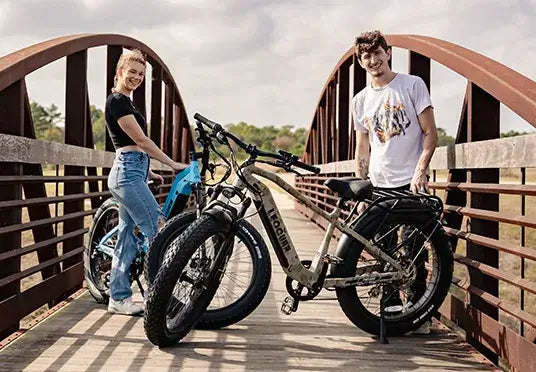
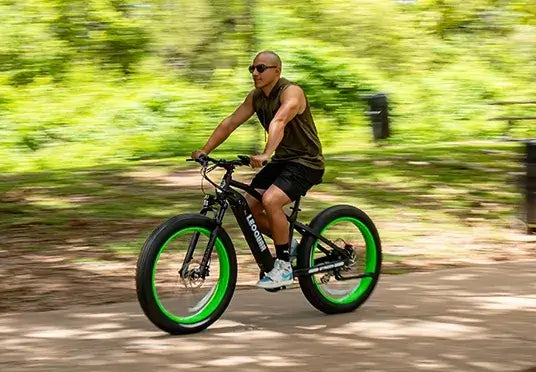
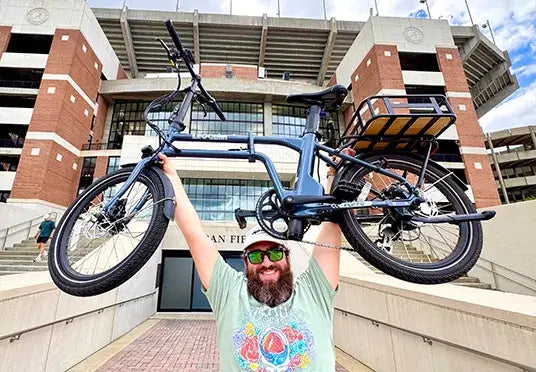

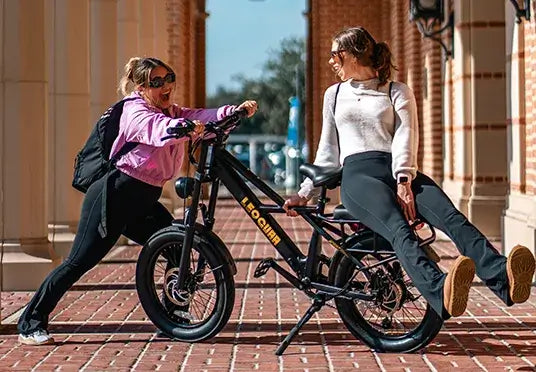
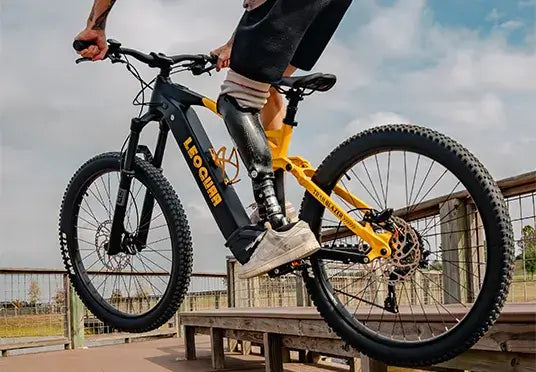
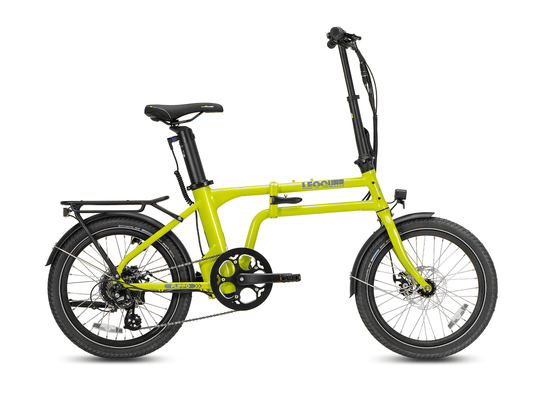
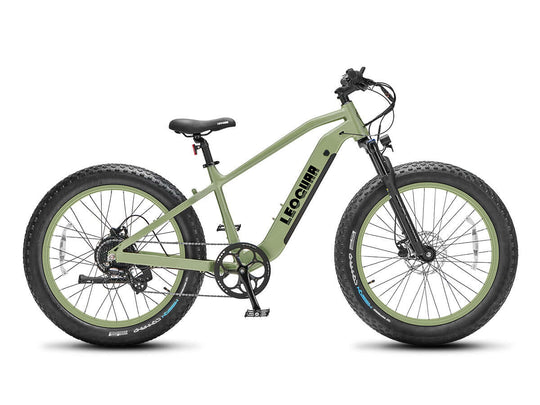
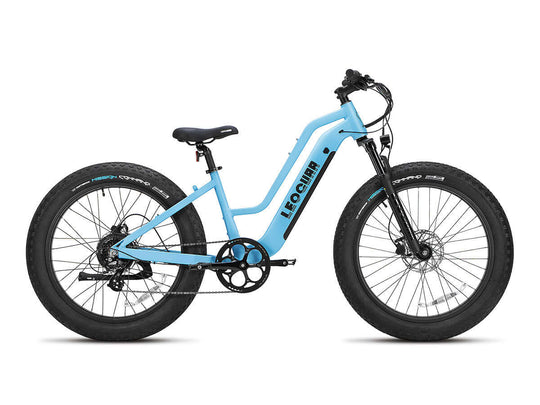
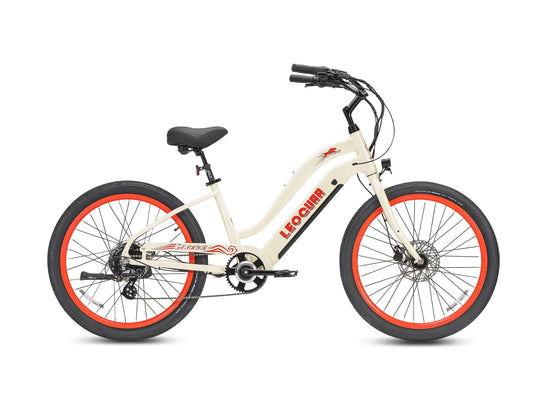
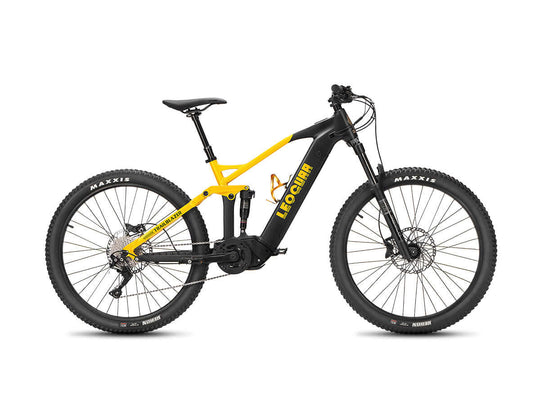
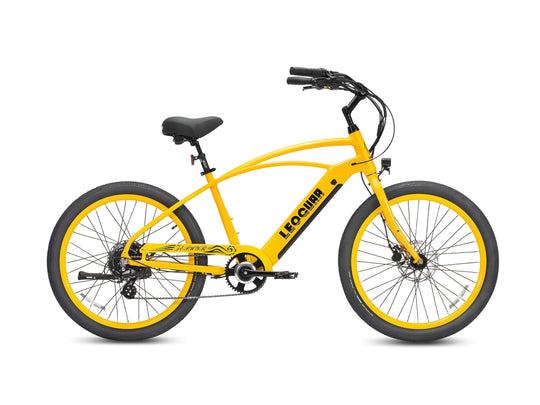
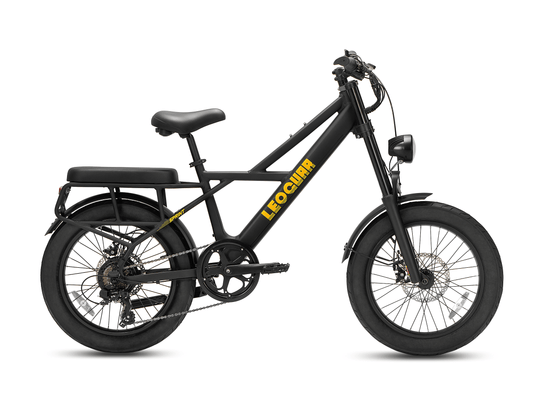
















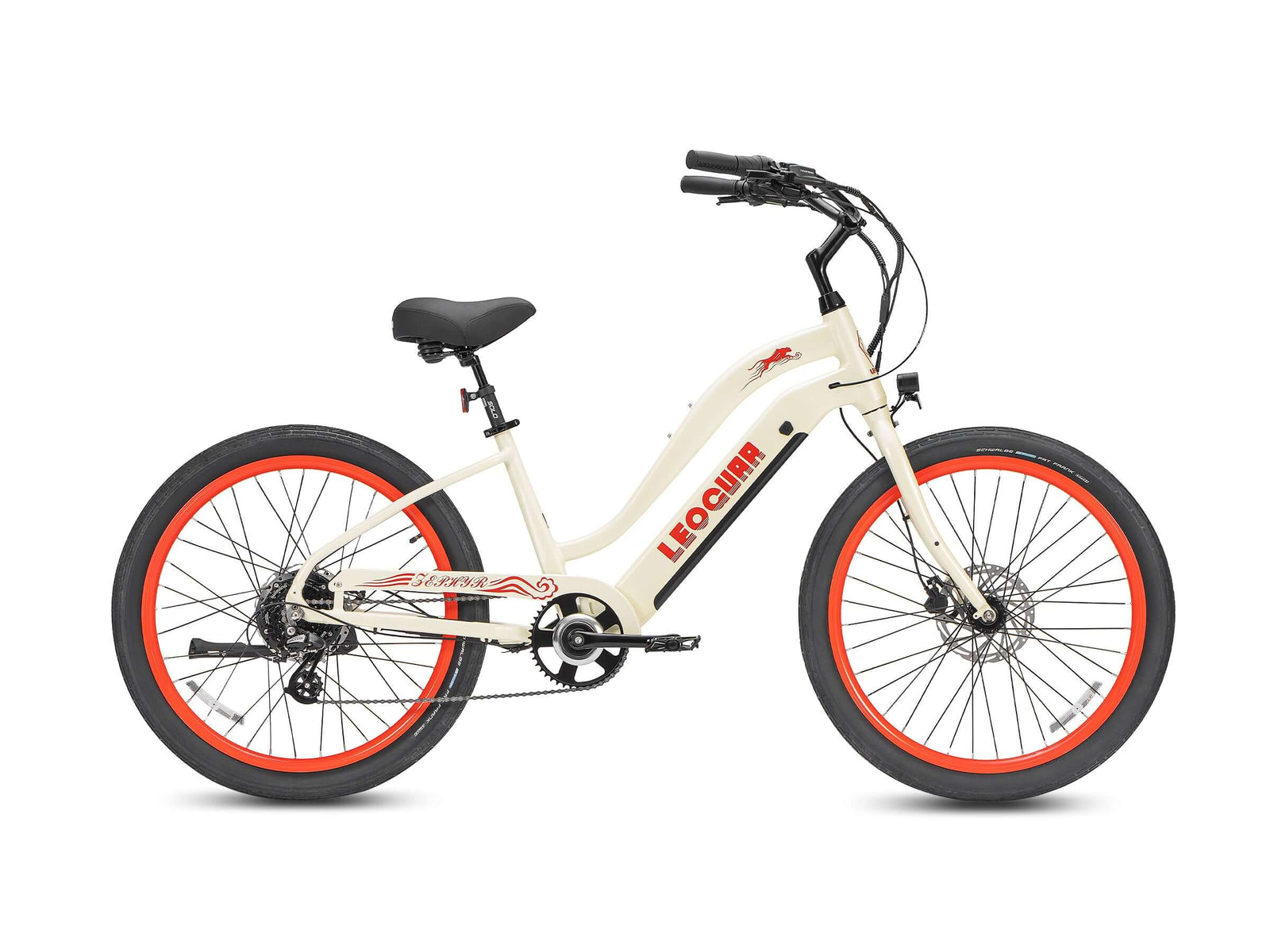








Leave a comment